Day 17. Tuesday, August 15. Kokand to Kairakum Reservoir. 95km, with 330m of climbing.
It was pleasantly sunny – and a cool 20C – at 7 o’clock this morning as we pedalled away from Kokand for the easy 46km ride to the border between Uzbekistan and Tajikistan. The border crossing itself was a very relaxed and relatively speedy affair, thanks to our local guide finding a border official on the Tajikistan side from his own village.
We’ll be in Tajikistan, the smallest country in central Asia for only three days – two riding and one resting. Geography explains why. We could have skirted it to the north by staying in Uzbekistan. But that would have taken four long days’ riding through mountains. Instead we’re continuing to ride west over two days through the part of the Fergana Valley constituting Tajikistan’s northern province.
Indeed, the border is rather arbitrary thanks to Soviet planners. Tajikistan was originally part of Uzbekistan when they created that Soviet republic and only became its own separate one in 1929.
Today, it is one of the poorest of central Asian countries, despite aluminium and agricultural production. Remittances from Tajiki workers abroad, mostly in Russia, account for 33% of GDP, second only to Tonga’s 46%. Yet, despite those close, old ties, both the French and Americans had used an airbase near Dushanbe, the capital down south, to support their operations in neighbouring Afghanistan. Meanwhile, the Russians were cross-town neighbours with their own airbase.
Emomali Rahmon, the country’s vigorously authoritarian president since 1994, is working on building in Dushanbe, a city of 1m people in a country of 9m, the largest theatre in central Asia to complement its neighbouring library, museum and tea house (Chaïkhana Kori Navruz Palace) which are their respective largest entities in the region.
From 2011-14, Dushanbe boasted the tallest flagpole in the world (at 165m) before being out-poled by the Saudis. Cairo holds the current record at almost 202m.
From the border, we rode some 50km, with our usual roadside lunch along the way, through rolling country and a strong headwind to our overnight camp on the shore of the Kairakum Reservoir.
Created by a hydro-electric dam at its western end, it was completed in 1956 with a surface area of more than 500 square kilometres. But since then, silting has robbed it of more than one-third of its area. And its level has dropped some meters as we discovered when we arrived at our Soviet-style holiday camp dating, I think, from the 1960s. Despite these degradations, the Tajik parliament renamed it The Tajik Sea in 2016.
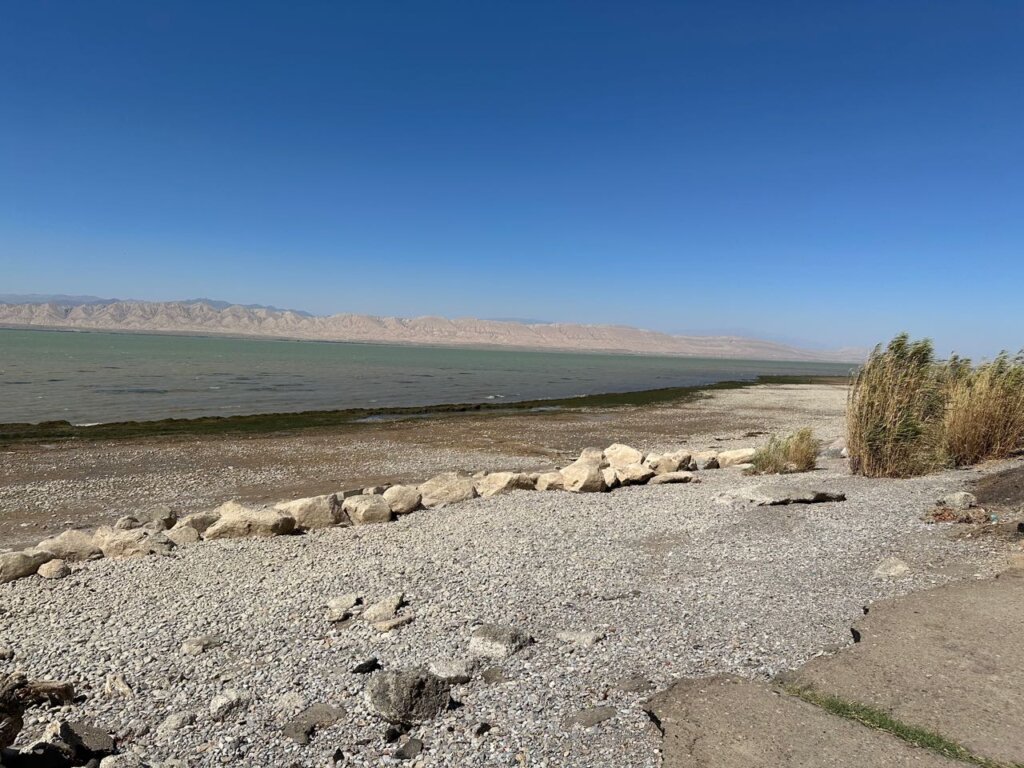
Thanks to the hospitable family running the camp, and the efforts of our crew, we had an excellent stay (bar almost all-night traffic on the nearby highway and a 4am freight train).
But we could imagine how grand it must have been in its hey-day, copious asbestos cladding on roofs and all, judging by the largest swimming pool I’ve ever seen (now abandoned because the reservoir level is so low) and other now defunct amenities. Handily, the next-door neighbour offered us his pool for a cooling swim in late afternoon.

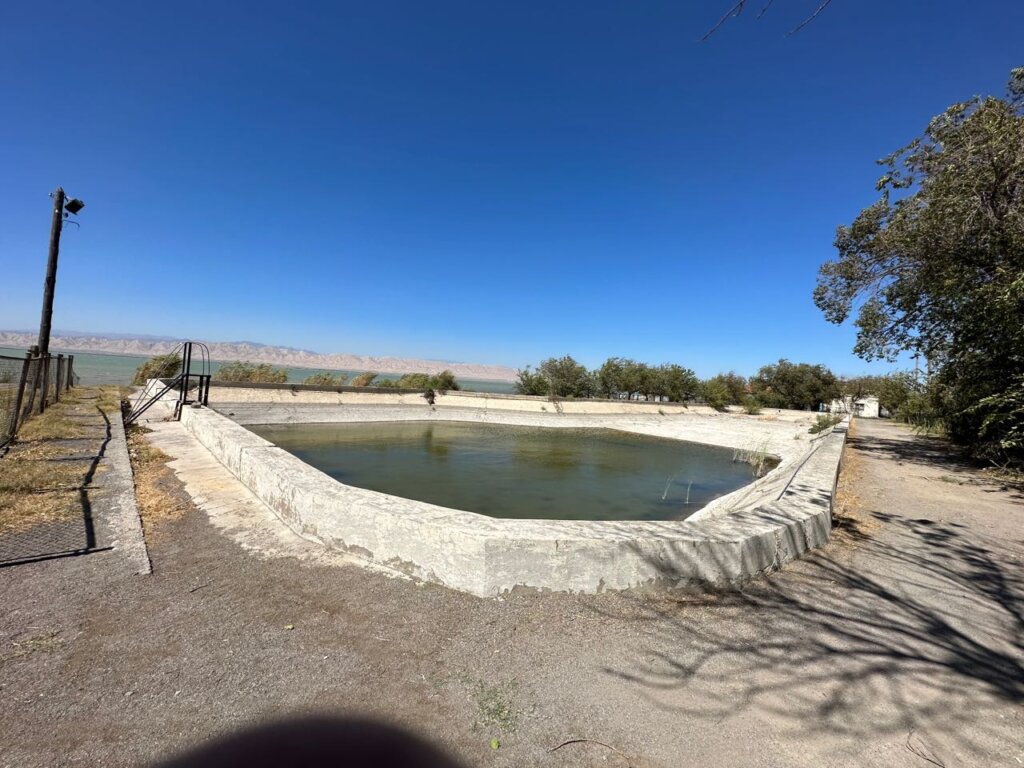
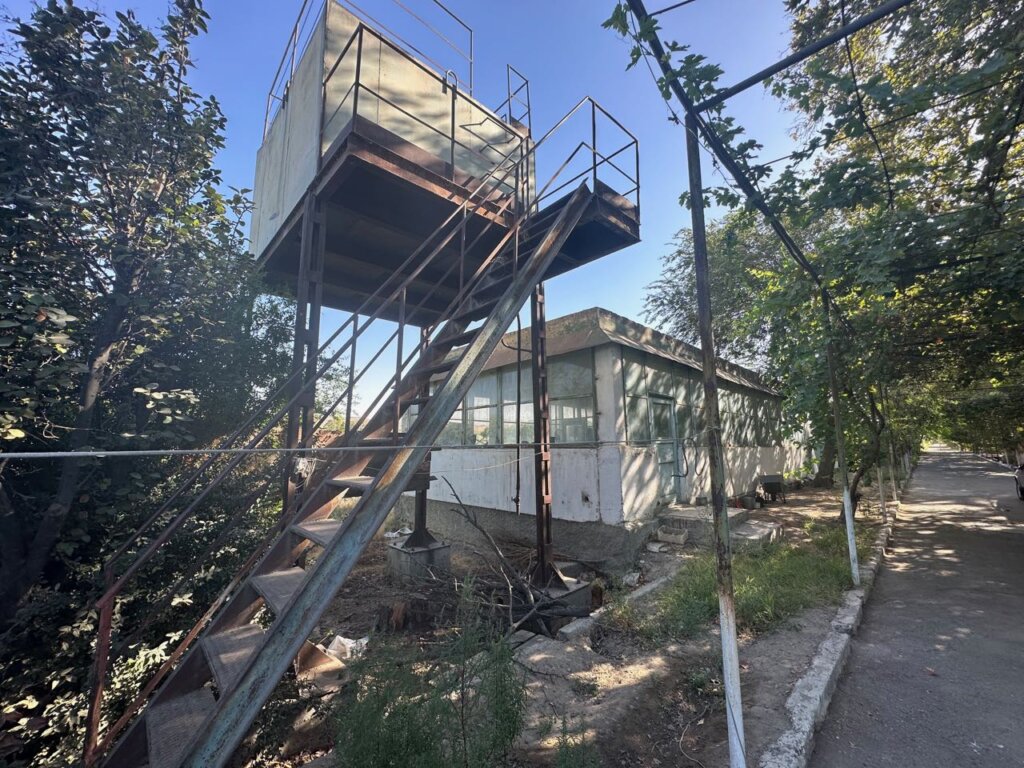

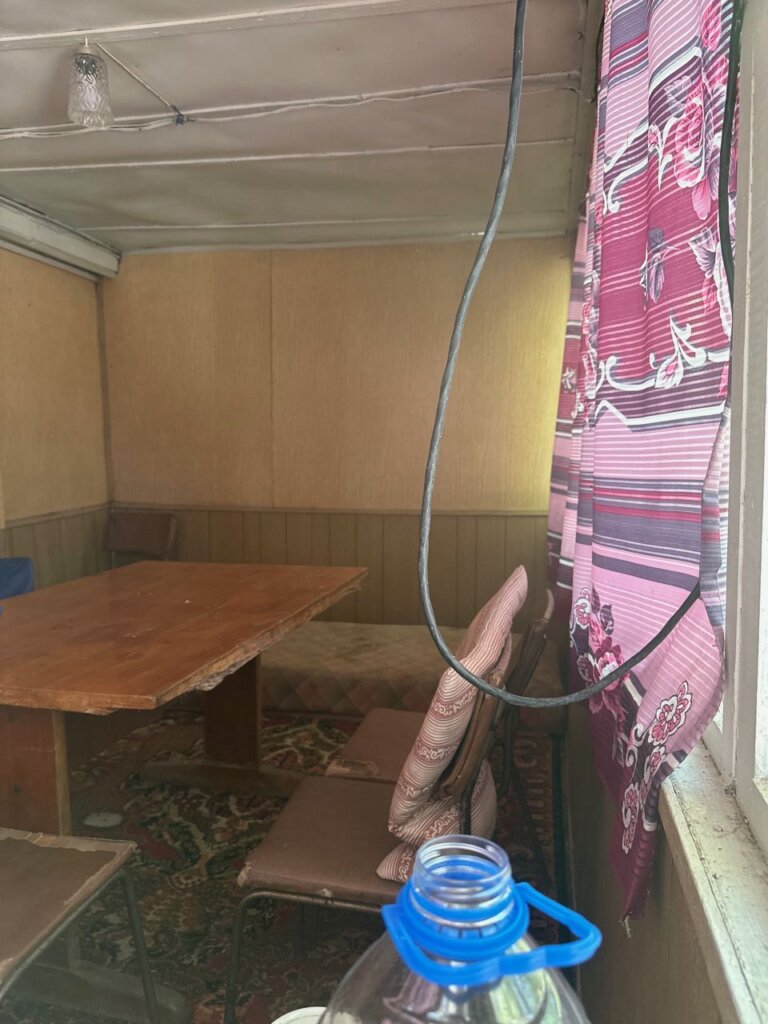

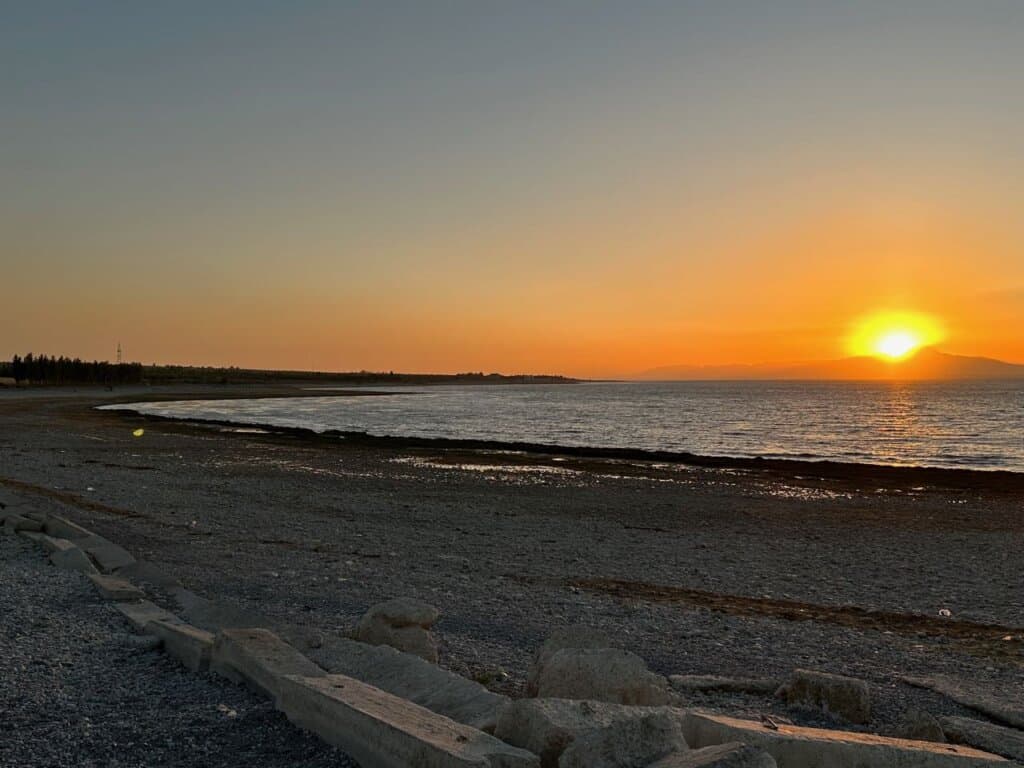
0 Comments